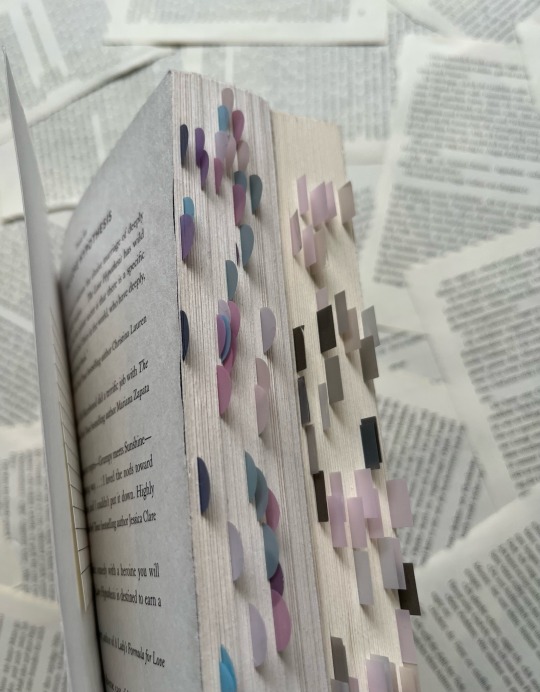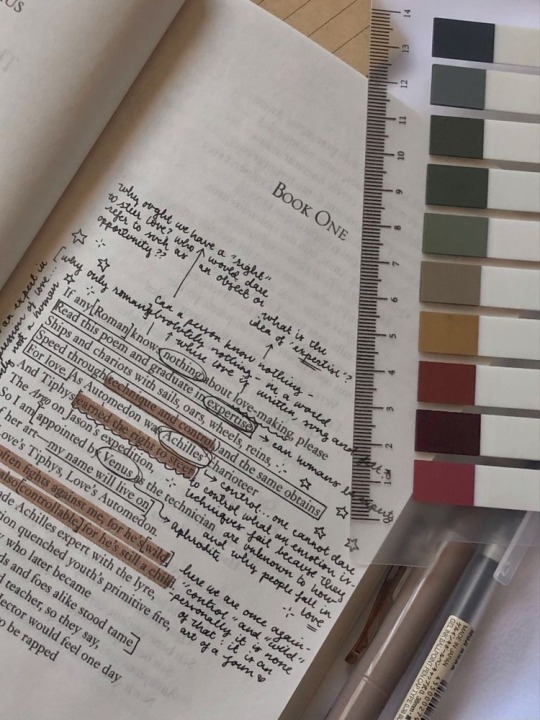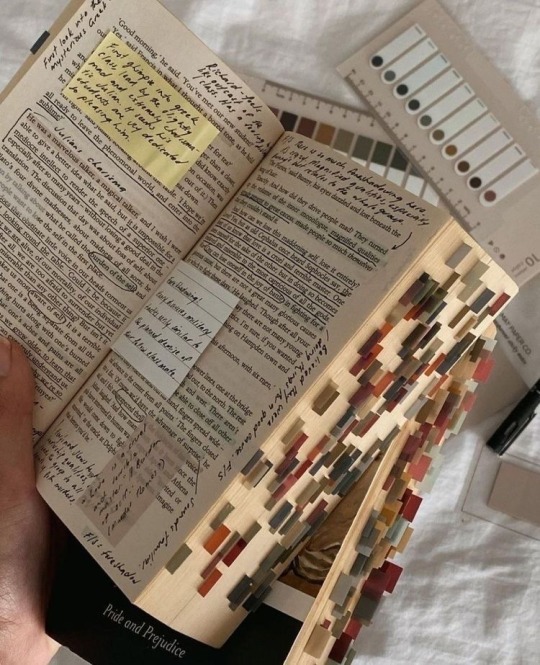Text
17 free and helpful things, that everyone can take advantage of
Dolly Parton's Imagination Library They send an age appropriate book once a month if you have a child younger than 5.
Project Gutenberg Lots of free classic books.
Library Genesis A great place to look for and download college/university textbooks for free, as well as other books.
Scihub Endless Free college books. (and peer-reviewed scientific publications that are otherwise hidden behind a paywall)
Khan Academy Free knowledge that you can use to clep out of university courses, or to simply invest your time in a worthwhile topic.
Openlearn UK’s Open University - free courses for all levels of study, samples of university materials, study skills and tie-ins to BBC documentaries. Everything under Creative Commons licence so you can use it as you see fit.
Duolingo The Green Owl of Languages. There are a few hundred that it teaches and the mobile app makes it easy to do anywhere while waiting (!warning! only good for Spanish, German, French, Dutch, Esperanto, and English. with anything else it gets very low-quality and short.).
Codecademy An awesome site to learn how to use some programming languages. Doesn't get into the really advanced stuff, but it's good for a start.
Photopea Completely free Photoshop clone that has all the basic features of Photoshop, using basically the same interface.
Gimp Another free version of Photoshop.
Unsplash Stock of free photos of just about anything, provided by the photographers themselves, to do with what you like.
Futureme You can write letters to yourself (or other people) in the future! You can also make notifications and reminders of a +doctors appointments or anything else important.
Heavens Above You can look up all the satellites flying over your house tonight, including the ISS, Hubble Space Telescope, those pesky Starlink satellites, and whatever else your heart desires, complete with star maps and precise timing. And there is an Android app, but unfortunately no iOS one last I checked. (For iOS you can use “Sputnik!” which is free and tells, when ISS and Hubble passes overhead.)
Night Sky Other astronomy app for iOS. If you hold your phone to the sky the app tells you what you're looking at (or point it at the ground for a view from the other side of the planet). Zoom in with two fingers and tons of deep space stuff is revealed.
Freecycle its literally people giving away stuff they don't need/want any more that they can't/don't care enough to sell.
Nexus Mods Has thousands of video game mods (for 1,509 PC games), made by independent content creators, available to download at no cost.
Archive The Archive aka Internet Archive is a non-profit library of millions of free books, movies, software, music, websites, and so much more... For example a lot of DOS games (classics like Prince of Persia, Oregon Trail, DOOM, Monkey island, Rayman, Turtles), directly playable through the browser.
My earlier list
More things to do
25K notes
·
View notes
Text
Writing about body pain
Body pain happens all the time in real life. When writing your story, you want to bring your characters to life. By creating characters and an environment that is immersive and realistic (as possible), it helps your readers relate to your characters. This is a quick guide to body pain, that is especially useful for all those adventures your characters will be going on. No one survives a dragon attack or war without some kind of injury. At the very least, some muscle soreness.
3 stages of healing:
1st stage: Acute This is the start of the process after getting hurt. Depending on the severity, often lasts up to a week. Characteristics: severe pain, inflammation/swelling, dark bruises (red, black and blue), muscle weakness, muscle spasms, reduced range of motion.
2nd stage: Sub-Acute This is when your body is starting to heal the tissue by creating scar tissue to replace or repair damage. Can last several weeks Characteristics: reduced swelling, bruises are clearing (yellow, green, brown), range of motion is starting to improve,less pain than before.
3rd stage: Chronic This is the final stage of the healing process. It can last months, if not years. Your body is finally adapting to the changes. Pain is no longer associated with the injury, but instead how the body healed. Characteristics: no bruising, little to no swelling, mature scar tissue (usually tough, and harder to move than other tissue), pain is more of an ache, not sharp. If not taking care of, mature scar tissue can cause muscle tension and reduced range of motion. Pain mostly comes on at the end range of a movement, or with stretching.
Visceral Pain:
Visceral pain is organ pain. When one of your organs are causing problems, or are in pain, it typically feels more like a dull pain, or a pressure. The pain is usually vague, so it’s hard to tell where it’s coming from. Thankfully, visceral pain usually follows typical pain patterns, and you can easily find charts online. Example: Lung and diaphragm pain is usually around your neck and shoulders.
Nerve pain:
Nerve pain happens when the nerve is being pinched, compressed or was directly injured. Characteristics: shooting, tingling, zaps, numbness, stabbing or burning. Numbness is not like an analgesic. It can be a reduced sensory feelings, meaning you may not feel it if someone touches that part, but it can be very painful. Nerve pain will follow the length of the nerve.
Bone and joint pain:
These pains are directly associated with a trauma. Pain is localized to the specific bone or joint. Characteristics: Usually described as a sharp pain, especially with movements involving the painful area.
Muscle Pain:
Muscle pain is extensive. Muscles work hard to protect your body while injured. Muscles will tense when the body is in pain, which usually results in more problems. This pain can be caused by overuse, injury, emotional and physical stress, or compensation for other injuries. Characteristics: deep steady aches, sharp, shooting pain, soreness, burning in muscles, spasms. Muscles will have two main problems if not injured: tension and trigger points. Trigger Points (aka knots) happen in very tense muscles. Trigger points follows specific patterns in each muscle. Example: a trigger point in the upper traps muscle is felt in the head, neck and shoulders. Pains and tensions like these can often be the cause of headaches.
Pain priority:
Your brain processes pain in a specific way. Most often, your brain is so busy running everything, when it comes to experiencing pain, it can’t do it all at once. Thankfully. This means, if you have pain in your neck, your back, and your feet, there will usually only be one as the most painful while the others are background pain. The worst pain will usually be associated with your activities, and which part of your body you’re using the most. When getting rid of one of these pains, the next most painful one will be most noticeable. Have you ever had pain on one side of your body, then had it fixed with physio or a massage, then all of a sudden you notice pain somewhere else? It may not be new, it’s just that your body wasn’t focusing on that problem.
Let me know if this was useful to you, or if you have any questions or comments.
Please let me know if something I wrote is wrong.
Follow for more writing tips :)
Happy Writing!
5K notes
·
View notes
Text
Advice from an (Amateur) Archer on Writing About Archers and Archery
Admittedly, I don’t have the widest range of experience when it’s come to archery. I’ve only been shooting for a year now, and the time that I do take to shoot have long months between them. Still, I think it’s important to outline the basics for anyone who wants to write an archer in their book and wants to save themselves the embarrassment of having the archer do something that an archer would never do in a million years.
- Archers usually unstring their bow after battle. Unstringing a bow is exactly what it sounds like: removing the string from the bow’s limbs. Usually, archers then wrap the string around the now-straightened bow so they don’t lose it as easily. Archers unstring bows because everytime the limbs are bent by the string, there is a large amount of tension in the limbs. If the string is on too long and the bow has not been shot for a while, the limbs will start to wear down and lose their power, resulting in an archer needing to buy new limbs or an entirely new bow.
- Archers always retrieve their arrows after battle. Arrows are expensive and take a long time to make, so archers want to conserve as many arrows as possible. Sometimes they have a repair kit with them at the ready, in case they find an arrow with a loose arrowhead or broken fletching that can easily be repaired.
- Training arrows are not the same as battle arrows. Training arrows have thinner shafts and usually blunted tips so they can easily be removed from targets. Thinner shafts break more easily, and the blunted tips – whilst they can pierce skin – usually won’t get very far in the flesh. They’re also easier to make. Battle arrows are thicker, and their heads are pointed at the tip and have two pointed ends at its sides. This arrowhead is designed to easily pierce through flesh, and is incredibly difficult to pull out because its two pointed ends snag onto flesh. If you want to pull it out, you’d have to tear the flesh away with it, which can lead to an even larger wound.
- Arrows are fatal, and one can incapacitate a soldier for the rest of his life. Arrows are not easily snapped off like you see in movies. The draw weight is too strong, and they can sometimes be as strong as bullets. They will pierce through bone and tendons, which do not easily heal. Furthermore, if you want to remove an arrow, you either have to go through surgery, parting the flesh away from the arrowhead so it doesn’t snag onto anything, or you have you push – not pull – it all the way through the body.
- Bows are not designed for hitting people with in close combat. The limbs are specifically made to flex. Imagine hitting someone with a flexing piece of wood. If you hit with the middle of the bow, it still does very little because there is no weight behind the bow, and so you might as well be hitting them with a pillow. It might be annoying to the opponent, but it won’t save you. Archers need a secondary blade in close combat. They cannot strike people with their bows and expect to win.
- Draw weight affects speed, range, and impact. Draw weight is measured in pounds, at least in America, and it is measured in how much weight must be pulled when you draw back the string. A high draw weight means stiffer, thicker limbs that can shoot further and hit harder. But, this is at the cost of speed. A low draw weight means thinner, more flexible limbs that can shoot smaller distances and have low impact, but can be shot faster. Before you acrobatic fanatics immediately seize the smaller bow for its speed, understand that a bow’s advantage is in its range. No one can hit an archer from 300 meters away with their spear or sword. The archer has complete dominance over the battlefield in this way, and their arrows can kill anyone who gets too close. Not hurt. Not annoy. Kill. And a higher draw weight means a better chance of piercing through specific armor, then flesh, then bone. A lower draw weight means less range and, even worse, a lower chance that the arrow would even pierce through armor if the arrow even hits its target.
- Bows will always be outmatched in close combat against any other weapon. Bows take too long to draw and shoot, and at such close range, the opponent has an easier chance to dodge oncoming arrows. I already explained that the bows themselves cannot be used to take down a foe.
- Bowmen on horseback are utterly terrifying. Archers usually can’t move from their spot because range is more important than mobility, and at such a long range, you usually don’t need to move from your spot anyways. Bowmen on horses, however, are closer to the battle, and worse, they are faster than almost anyone on the battlefield. Not only are they difficult to hit, you have no way of predicting where they will shoot next because they can circle around you in confusing ways. If you want an interesting archer character, I’d advise trying these guys out.
- Never underestimate armor and padding. Arrows will never be able to pierce through plate armor because its curved surface will always deflect oncoming arrows. Arrows can pierce through maille because maille is made out of metal rings that can be bent and can fall away. However, padding usually lies underneath, which is surprisingly durable and can stop an oncoming arrow, as well as absorb some of its impact. Because of this, make certain that the archer is focusing on gabs in the armor. To know this, you MUST study armor. Gabs usually lie where the joints are because soldiers need those gabs open so they can move. Typical gaps lie in the neck, the armpit, the inner-elbow, the knees, and the palm of the hand. Impact is also an archer’s friend. A war arrow shot by a hundred pound bow, hurtling at incredible speeds and gaining momentum the further it travels, can evoke serious damage. To be hit by one of these arrows will feel more like being hit by a horse than being hit by someone’s fist.
13K notes
·
View notes
Text
How I Annotate Non-Fiction Books:
Step one gathering supplies. The supplies you need will be based on your needs and the text you are annotating so feel free to fit this to your need or habits.
For physical books: highlighters, pens, sticky notes, page flags, index cards, the book/document
For digital books: your device or choice (might do an in depth post of digital texts later)

step two- creating your key
For small documents, I tend to stick to one color (each of my classes are assigned a single color).
For Longer documents, with lots of information, I will create a key for example:
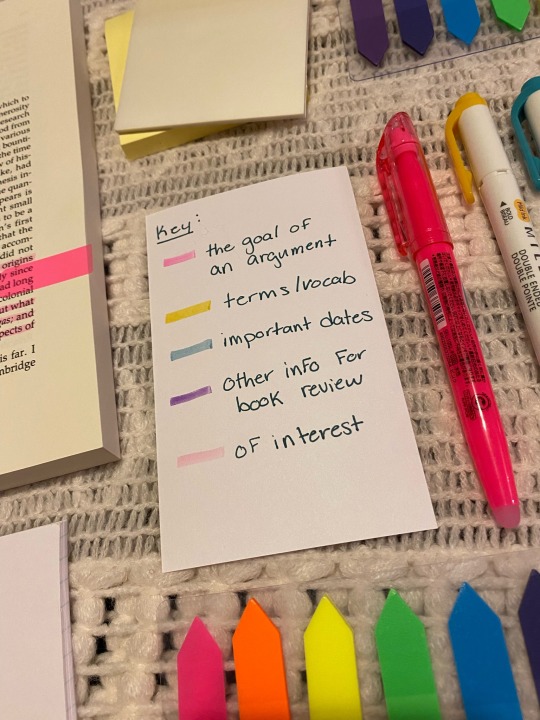
keys should be based on what information is most important. In my history classes dates and names are more important whereas in a science class terms and chemical formulas may be most important.
You should also keep in mind why you are reading the book/document. For example: Are you reading to write a book report? Then it would be best to highlight the thesis and any points you wish to bring up in your review.
some parts of your key will most likely not need writing down after they become habit, for example after highlighting an important term, I will underline the definition of the term. (I personally tend to under highlight)
very important highlighted text will also get a page flag so that it is easier to find when reviewing, write a review, etc.
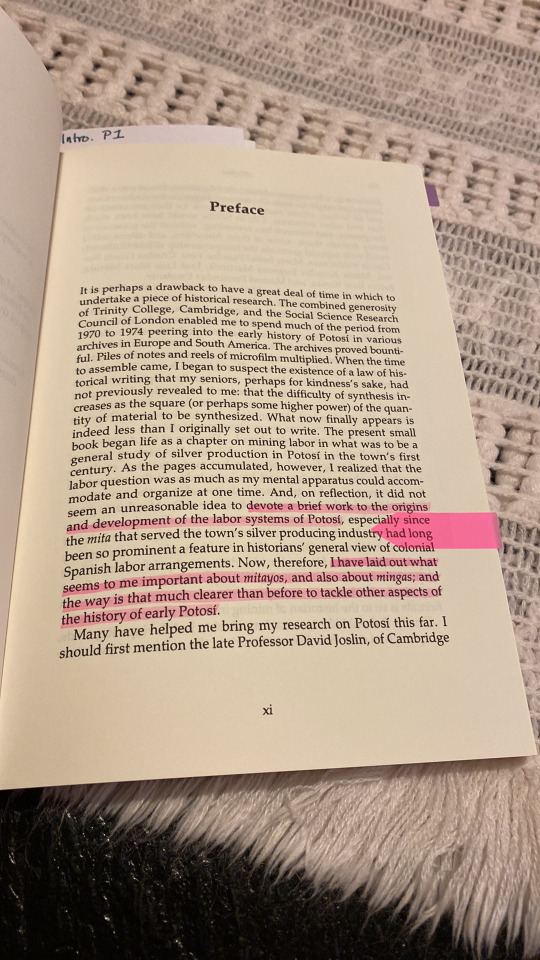
step three- your first read through
break the reading into smaller segments, for example. if you are reading a textbook or information-dense book you may wish to use headings or subheadings as your guide for this. if your text is not already broken into smaller section resign yourself to summarizing after every few paragraphs
You can write your summaries in whatever way suits you, your habits, or the book you are working with.
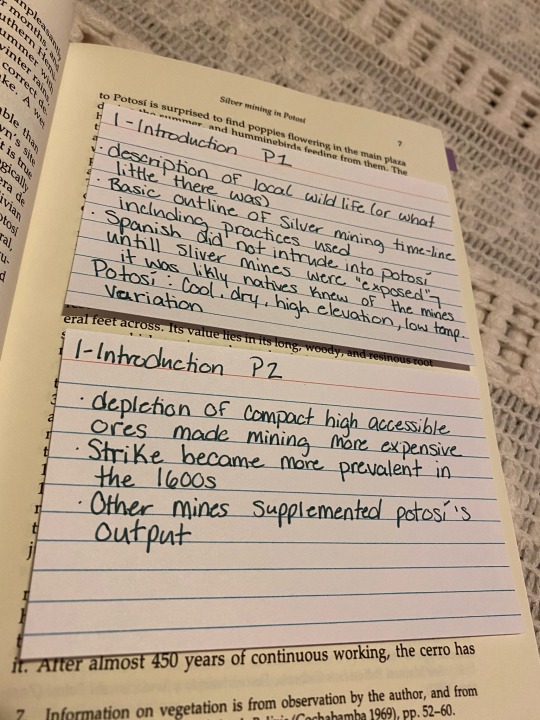
For this book I am writing my summaries in index cards, but I could have written them in sticky notes, or in a notebook (physical or digital.) I have tried all of these techniques and I like them all and tend to switch between them.

On the back of my summary cards, I write the page numbers the information was pulled from so that I can more quickly find the information if I need to quote it.
Feel free to ask questions in the replies or in my asks!
624 notes
·
View notes
Text
Annotate our favorite book



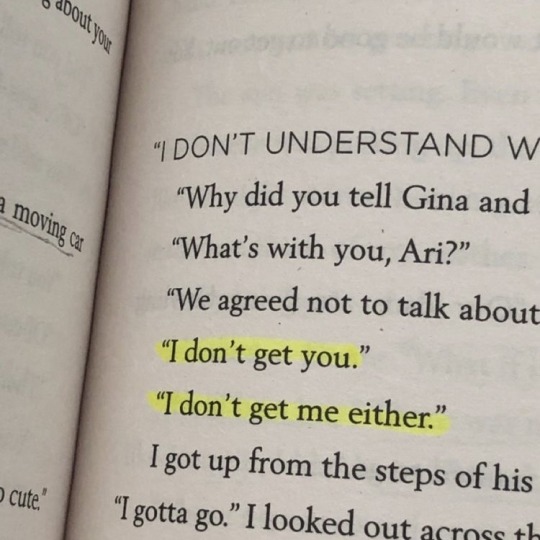

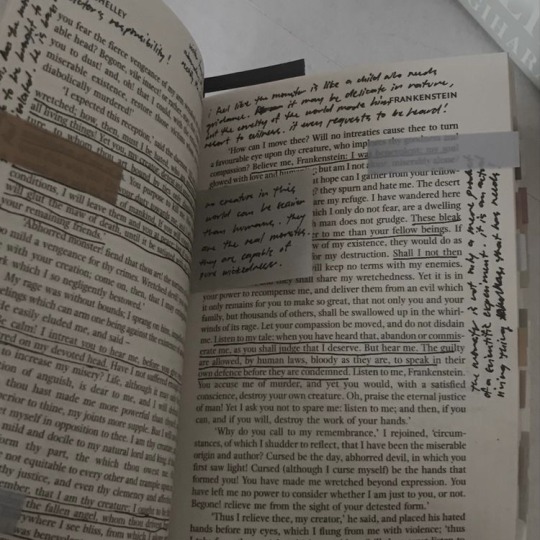
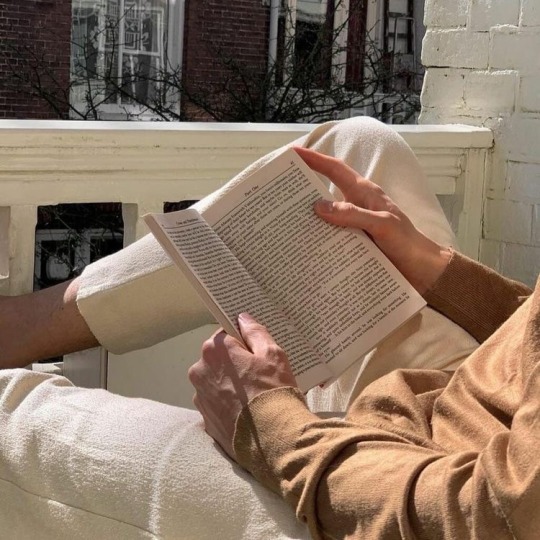
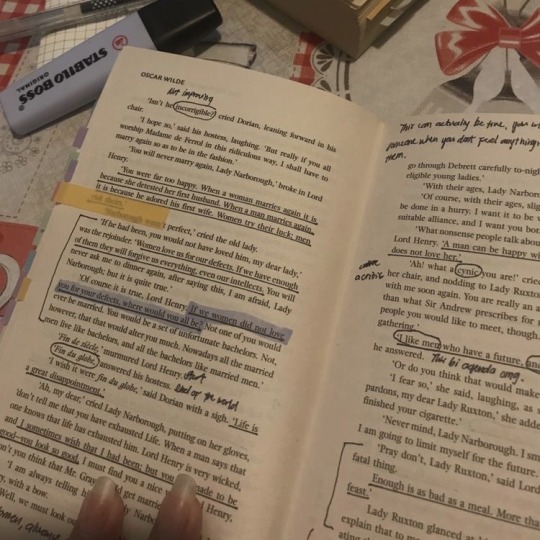

While I brew the coffee
7K notes
·
View notes
Text

Coming to the end. Inspired by everyone's favourite ocean stone, Larimar
0 notes
Text
Have you heard about Pomodoro Kitty? It's the cutest website for pomodoro sessions.

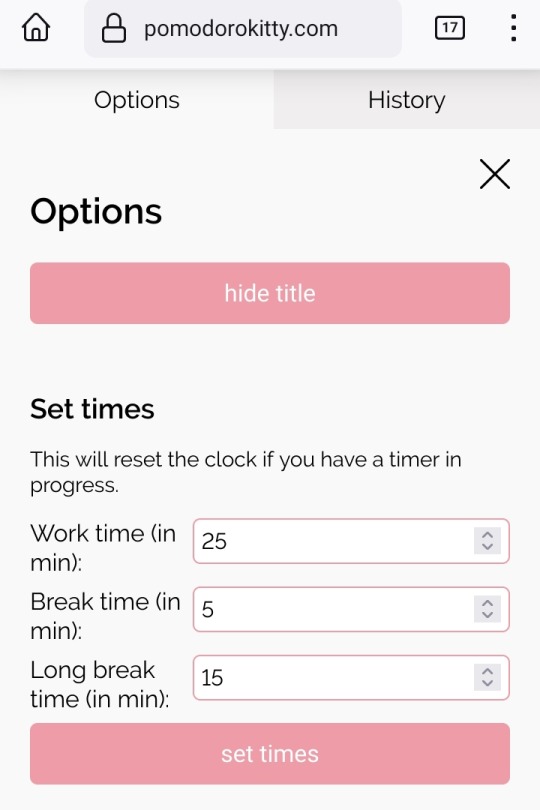
You can customize sessions along with short and long break along with background and the colour of your kitty!

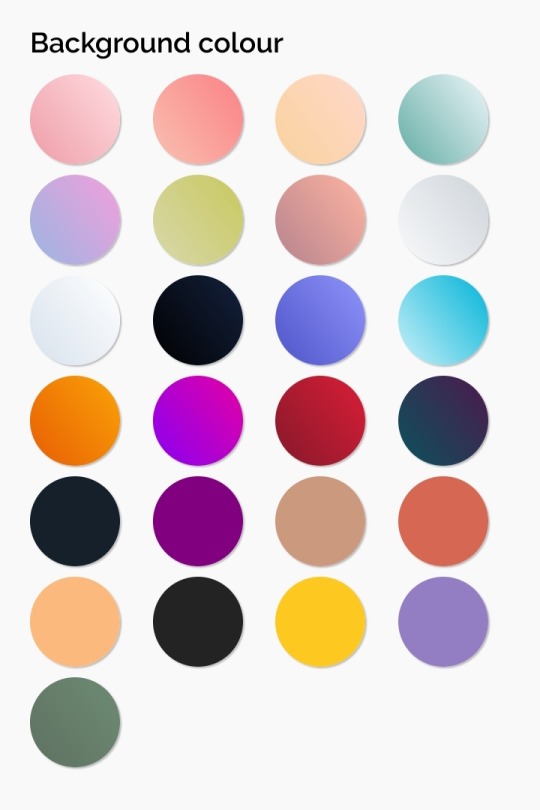
This is the cutest study buddy to work with after all who doesn't want to be judged by a cat when they work.
The Creator
614 notes
·
View notes
Text

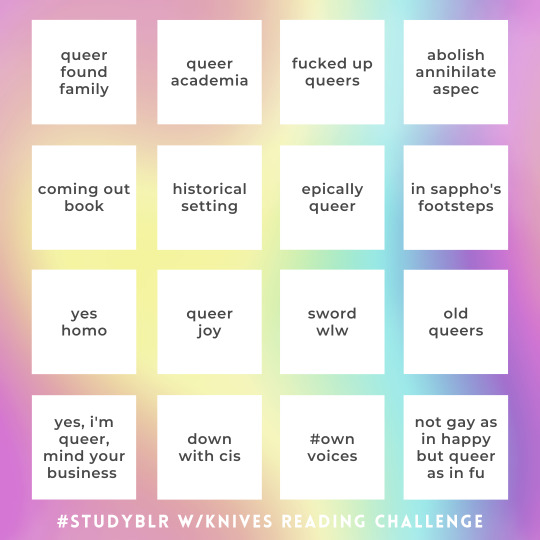
THE STUDYBLR WITH KNIVES SERVER PRESENTS:
the Pride Reading Challenge🌈
you'll hear it everywhere in the next month and you'll hear it here too: Pride Month is every month and you're not less entitled to happiness outside of these random 30 days! So, we're kicking off our queer reading challenge with a bang in June and will be serving you hot and steaming queer recs for the next couple of months! we hope you enjoy it as much as our previous challenges; worry not, there will also be a Summer Reading Challenge 2.0, since so many people enjoyed it last year :)
RULES:
◆ please reblog this post if you’re participating
◆ for each of the prompts, read a book of your choice and cross the prompt out on the above template
◆ post your updates in the form of text posts, bookish photos, or anything else you come up with under the tag #studyblr w/knives reading challenge!
◆ the challenge will last from the 1st of june till the 31st of december, but feel free to finish it at your own pace
! be sure to hide any spoilers under the cut when posting updates/reviews, so people can avoid them if needed :)
if you want to make this a Pride Month only challenge or if you’re just starting to dip your toes into lgbtq+ literature, we have a template with fewer prompts for you as well (see below the cut). the storygraph challenge has the corresponding number of bonus prompts, so you can tailor it to your own preference
if you have any questions, feel free to send them to me or @bulletnotestudies
stay tuned for our recommendations for each prompt!
[transcript of the prompts and what each of them means under the cut]

This challenge consists of 16 rad prompts:
queer found family you might not like this but this is what the ideal atomic family looks *like points at 5 very close friends who mean the world to each other*
queer academia the nonfiction prompt; queer history/politics/etc. - this includes essays and articles!
fucked up queers horror, crime, thriller books featuring queer characters
abolish annihilate aspec characters on the aroace spectrum
coming out book a book where coming out is a (relatively) major plot point
Public Universal Friend and Sappho Are Dancing On Your Grave or, alternatively, queer characters in a historical setting
epic queers because being queer is better with dragons and life altering journeys through space (a larger than life story featuring queer epic heroes)
in sappho's footsteps queer poetry
yes homo a queer romance book
queer joy everyone is queer and nothing hurts - what's on the tin, no hurt only queer joy, angst? we don’t know her
sword wlw a book featuring any kinda badass wlw characters
old queers as in old(er) queer characters or old(er) books (published before 2000) with queer characters
yes, i'm queer, mind your business characters are queer but it's not a major plot point
down with cis aka books that transed your gender a book with trans character(s)
ownvoices books by queer authors - fiction, memoirs, etc.
not gay as in happy but queer as in fuck you books featuring characters with lesser known orientations/gender identities
ALTERNATIVE TEMPLATE IF YOU WANT TO MAKE THIS A MINI READING CHALLENGE:
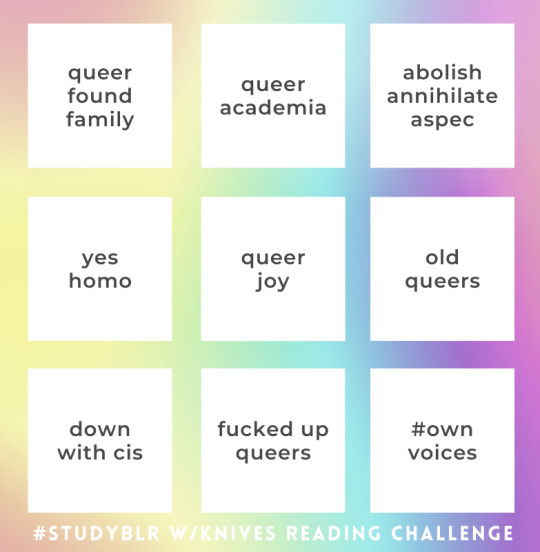
TAGLIST:
@kkul-bee @melaschnie @fluencylevelfrench @myhoneststudyblr @serendistudy @condenasttraveler @welcome-fuckers @thebudbblylinguist @caroloveslife @booksnscience @three-blogs-in-a-trenchcoat @soleciito @companion-of-the-earth @pencilspeaker @pothimi @autumnalglaze @starguiders @ngisi @hold-fire @yourneighborhoodbibliophile @thankstosoullesslovers @anurennero @dreamsdemandhustles-blog @selkiestudies @the---hermit @emdashaddict @thiqqachu @happylightdragonalmond @tranquilstudy @aaalias @perpetualanon @gloriousinternetpaper @dostoevskyforthewin @idkbruhhhhwtf @pandetrigo @simons-studyblr
185 notes
·
View notes
Note
What are some of your favourite poems??
oh gosh, anon, i've had a long day & this question is like a balm to my soul thank you <3 <3
so i've answered this here & here BUT i am extremely thrilled to answer it again!!!!! i just link the other two posts bc i love sharing my fave poems!!
so to list some i haven't yet mentioned:
alright i'm about to say the most pretentious sentence i've ever said so here goes: it does help to go into matisse, too with some background knowledge of matisse's career, but it isn't totally necessary. but the final line "damn the fathers. we are talking about defiance" took my breath away on first reading & is a comfort to this day
i ADORE i loved you before i was born!! "i give you my blank heart / please write on it / what you wish" brb outside gnawing through steel beams now thanks!!!!!!!!!!!
little prayer by danez smith is a masterclass in economical language. manages to blow you away in a few dozen words
tired by langston hughes is def one of his lesser known & very underrated poems. also brilliantly economical & extremely relatable to this day
life to the last drop is also incredibly incredibly fabulous & makes me want to scream from my rooftop
okay i'm gonna stop here for now but thank you sm for your excellent timing with this question!!!! i came home from work so cranky & exhausted but i feel worlds better now <3 <3
9 notes
·
View notes
Text
my favorite poetry books (free PDF or epub)
the complete maya angelou
don't call us dead by danez smith
all the flowers kneeling by paul tran
time is a mother by ocean vuong
madness by sam sax
mayakovsky's revolver by matthew dickman
soft science by franny choi
thief in the interior by phillip b williams
ariel by sylvia plath
calling a wolf a wolf by kaveh akbar
together and by ourselves by alex dimitrov
not here by hieu minh nguyen
brute by emily skaja
post colonial love poem by natalie diaz
unaccompanied by javier zamora
prelude to bruise by saeed jones
howl & other poems by allen ginsberg
the big book of exit strategies by jamaal may
look by solmaz sharif
the crown ain't worth much by hanif abdurraqib
eyes bottle dark with a mouthful of flowers by jake skeets
finna by nate marshall
autopsy by donte collins
a place called no homeland by kai cheng thom
lunch poems by frank o'hara
lessons on expulsion by erika l sanchez
the new testament by jericho brown
said the manic to the muse by jeanann verlee
space struck by paige lewis
safe houses i have known by steve healey
the wound is a world by billy-ray belcourt
nature poem by tommy pico
owed by josua bennett
felon by reginald dwayne betts
come on all you ghosts by matthew zapruder
bluets by maggie nelson
life of the poetry by olivia gatwood
perennial by kelly forsythe
contradictions in the design by matthew olzmann
the big smoke by adrian matejka
peluda by melissa lozada-oliva
american sonnets for my past & future assassins by terrance hayes
king me by roger reeves
in a dream you saw a way to survive by clementine von radics
16K notes
·
View notes
Note
Hey, do you have any recommendations when it comes to mythology inspired poetry? 🤍
for collections i would try:
averno & meadowlands, louise gluck
orpheus & eurydice: a lyric sequence, gregory orr
the world's wife, carol ann duffy
sonnets to orpheus, rainer maria rilke
gilgamesh: a verse play, yusef komunyakaa
autobiography of red, anne carson
mother love, rita dove
ovid at fifteen, christopher bursk (i haven’t read this one yet, but it’s been on my list for a while now)
helen in egypt & hermetic definition, h.d.
some individual ones i’ve loved:
"persephone leaving", mary jo bang
"ceasefire", michael longley
"unicorn", angela carter
"complaint of achilles' heel", charles jensen
"even the gods", nicole sealey
“musée des beaux arts”, w.h. auden
"shapechangers in winter", margaret atwood
"the pomegranate", eavan boland
"odysseus to telemachus", joseph brodsky
"the wedding letter", paul monette
"failing and flying", jack gilbert
"black mythology", jonathan teklit
"and they were both right", kapka kassabova
"mycenae lookout", seamus heaney
“daedalus, after icarus”, saeed jones
"the maenads", ursula k. le guin
"fairy tale", miroslav holub
"cuchulain comforted" & "the stolen child", w.b. yeats
2K notes
·
View notes
Text
poetry twitter decided to eviscerate me this morning, here are five poems that have me on the floor wailing:
bright death by chloe honum
god by kaveh akbar
truth by fatemeh shams (trans. dick davis)
trying to pray by james wright
intifada incantation: poem 38 for b.b.l. by june jordan
98 notes
·
View notes
Text
november poems and essays (I finally got back into reading thank god)
essays:
Why Succession Works So Well As Horror
Lush Rot
I Used to Love British Period Dramas. Now I See Them as Colonial Propaganda
poems:
The Thing Is by Ellen Bass
Invitation by Mary Oliver
Poems From An Email Exchange by Hanif Abdurraquib
Persephone the Wanderer by Louise Glück
I also reread Crush so here's some of my favorite poems:
Scheherazade by Richard Siken
Little Beast by Richard Siken
Seaside Improvisation by Richard Siken
Litany in Which Certain Things Are Crossed Out by Richard Siken
Boot Theory by Richard Siken
I Had A Dream About You by Richard Siken
Wishbone by Richard Siken
Meanwhile by Richard Siken
Snow and Dirty Rain by Richard Siken
295 notes
·
View notes
